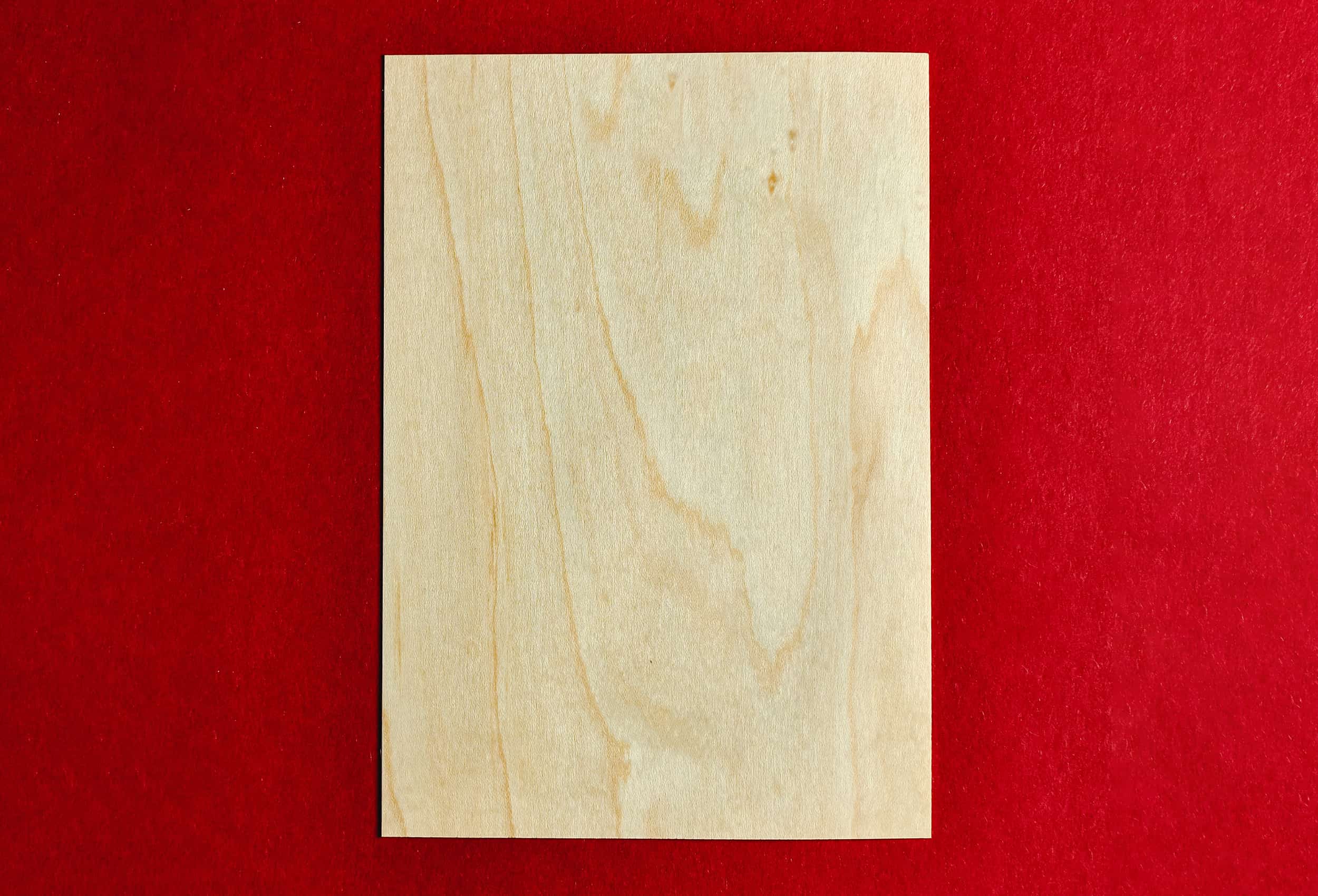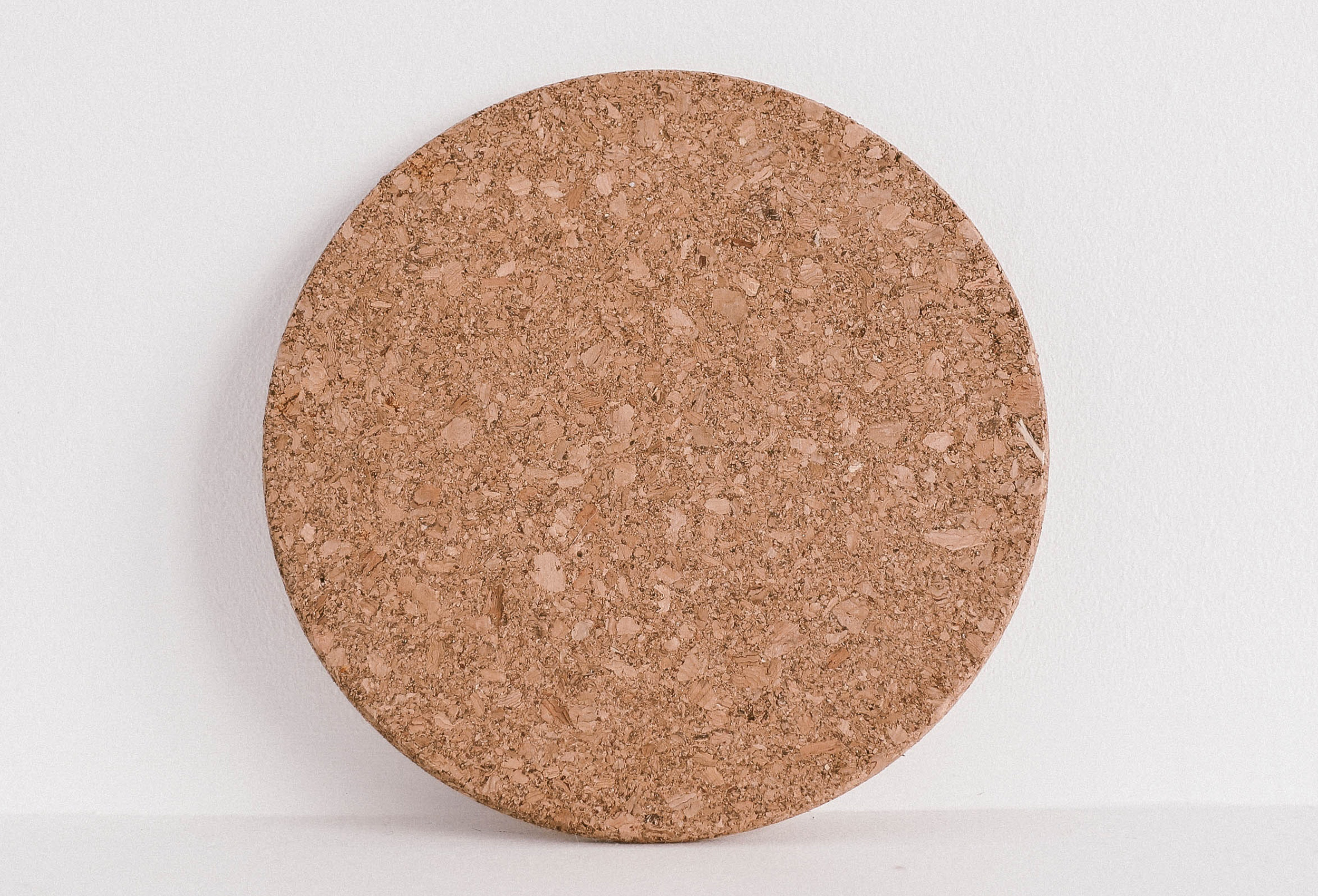Be Responsible, Be Sustainable. Global resource scarcity, consumer awareness of sustainability and changing legislation are driving Sourcebynet’s customers to use circular and sustainable materials. Sourcebynet considers the circulatory of materials during our design process to minimise the impact on our natural resources. When introducing new materials, we consider their environmental impact, including biodiversity. We co-operate with major raw material suppliers to identify, pilot, and implement new more competitive and sustainable raw materials as well as searching for potential new suppliers.
In a recent poll conducted by Eurostat in 2020, the EU’s circular material use rate (referred to as the circularity rate) reached 12.8%. This means that almost 13% of material resources used in the EU came from recycled waste materials. Compared with 2019, the circularity rate increased by 0.8 percentage points (pp). The rate has maintained a stable growth trend since 2004 (8.3%), the first year for which data are available. The circularity rate is the share of material resources used which came from recycled waste materials, thus saving extractions of primary raw materials. The circularity rate is part of the EU monitoring framework on the circular economy.
Sourcebynet is taking a holistic approach to the materials we work with. All raw-material, component and packaging suppliers need to show their commitment by signing up to a supplier code of conduct that indicates the social and environmental requirements for their operations.
There are four key material drivers Sourcebynet proactively work with where possible:
- Recyclable – Where possible the material must come from a recycled source, or as a minimum, can be recycled at the end of its use. This supports the reduction in demand for our natural resources.
- Reusable – If a product has planned obsolescence, then it is imperative the material elements can be reused or reintroduced as an alternative. Again, the aim is to reduce demand on our natural resources, as well as giving product a second lease of life.
- Regenerative –Regenerative materials hold the key to our future. Sourcebynet has this as a top priority to utilise regenerative materials in our products.
- Repairable – A material has so much more natural value if it is able to be repaired. Although we aim to build our products to last, the world does not always work perfectly. We believe it is important to have the flexibility to repair materials to extend the lifecycle of a product and ultimately reduce demand on our natural resources.

Recycle, Reuse, Regenerate & Repair
What makes a circular material?
To define a circular material, there are several factors that are needed to be taken into consideration. A material must be analysed against the following criteria:
- Input in the production process – How much of the input is coming from virgin and recycled materials as well as re-used components
- Utility during use phase – How long and intensely is the material used compared to an industry average material of similar type?
- Destination after use – How much material goes into landfill (or energy recovery), how much is collected for recycling, which components are collected for reuse?
- Efficiency of recycling: How efficient are the recycling processes used to produce recycled input and to recycle material after use?
Once all the above criteria have been analysed and critiqued, it is possible to determine how circular a material is.
As part of Sourcebynet’s search to improve sustainability across several fronts, we are constantly looking for rapidly replenishable materials. We currently have several timbers in our portfolio that are rapidly replenishable and our aim is to add more. As well as timbers, we consider hemp and cork in our collection because of their high replenishable qualities.

Hemp
Hemp is one of the world’s fastest-growing plants and most durable natural textile sources. Human societies have been using hemp fibers for clothing and other materials for over 10,000 years. Today, industrial hemp is grown around the world, with manufacturers using its strong fibers for commercial production such as boards and substrates.

Cork
Cork is a natural material used by humanity for over 5000 years. It is a material whose applications have been known since antiquity, especially in floating devices and as stopper for beverages, mainly wine, whose market, from the early twentieth century, had a massive expansion, particularly due to the development of several cork-based agglomerates. Cork can be separated from the tree without causing permanent damage. Sourcebynet mainly uses cork for decoration purposes on products such as pillows.



